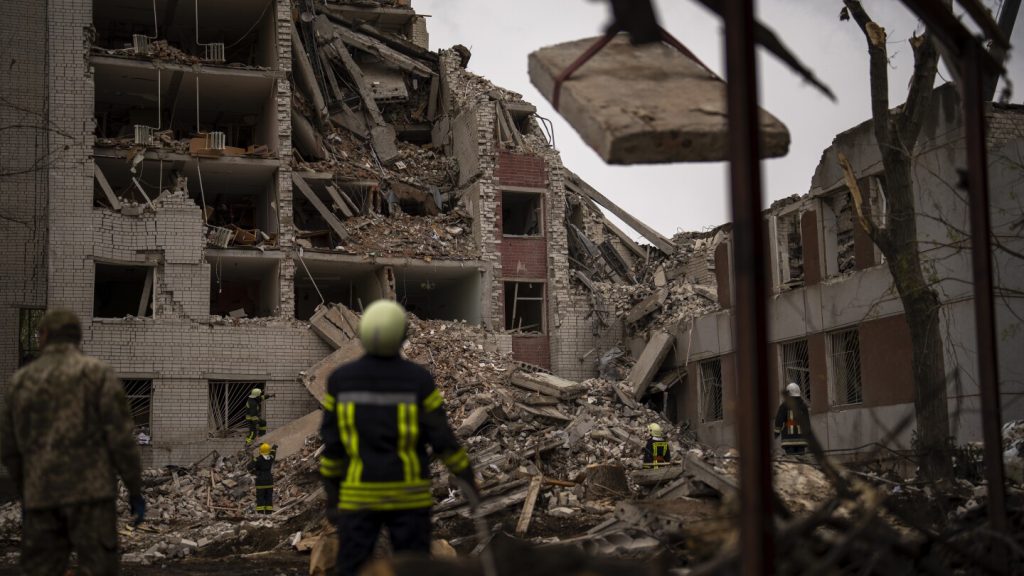Russian air defenses have shot down five Ukrainian balloons overnight, as reported by the defense ministry in Moscow. The balloons, equipped with GPS modules and explosives, are said to be difficult to detect and able to carry a larger payload than traditional drones. These balloons are not able to maneuver in the air and are likely programmed to release explosives over specific areas, aiming to cause panic on the ground while distracting Russian air defense assets. The balloons were intercepted in the Voronezh and Belgorod regions of Russia.
In addition to the balloons, Russia claimed to have intercepted two Ukrainian tactical missiles, 19 rockets fired from multiple rocket launchers, and 16 drones during the same night. The Ukrainian military has been facing challenges on the battlefield against the larger and better-equipped Russian forces, as Western military support for Kyiv has decreased. Ukrainian officials are seeking additional air defense systems to counter the ongoing missile and drone attacks targeting urban areas and critical infrastructure. The death toll from a recent missile attack in Chernihiv rose to 18, with 78 people injured.
Ukraine has been targeting distant locations behind the front lines, striking Russian rear bases and infrastructure. President Volodymyr Zelenskyy has appealed to European Union leaders for more air defense equipment, while Foreign Minister Dmytro Kuleba focused on air defense issues during a meeting of G7 foreign ministers. As Ukraine braces for a potential major Russian offensive, the need for additional support and resources is critical. The country’s air force successfully downed all 13 Shahed drones launched by Russia overnight.
The ongoing conflict between Russia and Ukraine has evolved into a war of attrition, with both sides engaging in long-range strikes and innovative tactics. Ukraine’s use of balloons adapted for military purposes highlights the country’s efforts to counter the larger Russian forces with unconventional methods. The situation on the ground remains tense, with the potential for a major offensive looming on the horizon. Russian air defenses continue to target Ukrainian assets, while Ukraine seeks to bolster its defenses and appeal to Western allies for support.
The strategic importance of air defense systems in the conflict is evident, as both sides seek to gain an advantage in the ongoing warfare. The use of drones, missiles, and other long-range weapons underscores the need for effective air defense capabilities to protect civilian populations and critical infrastructure. As the death toll rises and urban areas come under increasing threat, the urgency of addressing these defense needs becomes more apparent. The international community, including the European Union and G7 countries, has been urged to provide additional support to Ukraine in the form of air defense equipment and resources.
As the conflict in Ukraine continues to escalate, the dynamics of the battlefield are shifting, with both sides adapting and innovating to gain an edge. The use of balloons by Ukraine, equipped with explosives and GPS modules, presents a new challenge for Russian air defenses and highlights the evolving nature of modern warfare. As tensions remain high and the possibility of a major offensive looms, the focus on air defense systems and strategic capabilities becomes paramount for Ukraine’s defense against Russian aggression. The international community’s response to Ukraine’s pleas for support will play a crucial role in determining the outcome of this ongoing conflict.


